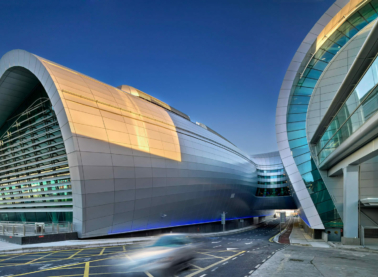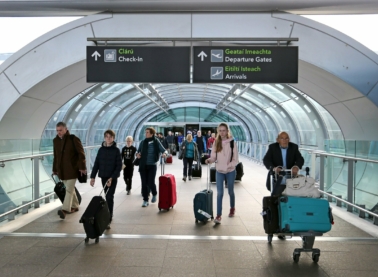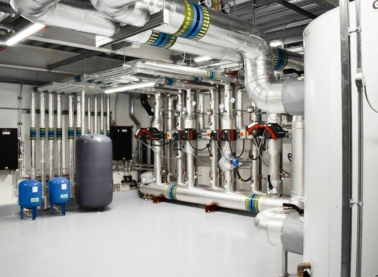<script type="text/javascript"> _linkedin_partner_id = "6415570"; window._linkedin_data_partner_ids = window._linkedin_data_partner_ids || []; window._linkedin_data_partner_ids.push(_linkedin_partner_id); </script><script type="text/javascript"> (function(l) { if (!l){window.lintrk = function(a,b){window.lintrk.q.push([a,b])}; window.lintrk.q=[]} var s = document.getElementsByTagName("script")[0]; var b = document.createElement("script"); b.type = "text/javascript";b.async = true; b.src = "https://snap.licdn.com/li.lms-analytics/insight.min.js"; s.parentNode.insertBefore(b, s);})(window.lintrk); </script> <noscript> <img height="1" width="1" style="display:none;" alt="" src="
×
The Hold Baggage System Upgrade at Dublin Airport has been successfully completed resulting in improved security, increased capacity and full compliance with incoming international security regulations. This €200 million project was deployed over a four year period which included upgrading more than 14 kilometres of conveyer belts and the overall baggage system.
This project arose due to changing regulatory compliance requirements and in response to the increased capacity requirements of the airport.
Specifically, the scope involved upgrading the Standard 2 HBS equipment in Terminals 1 and 2 to Standard 3 HBS, in line with EU regulations. The system comprises 14km of conveyor and automated sorting systems.
The airport reported they foresee potential passenger demand per year will hit 40 million between 2027 and 2031. Along with co-operating with the EU regulations, these upgrades also ensure the airport is future-proofed to facilitate this many passengers down the line.
After having successfully delivered many other projects with the daa, and having experience working in the airport IN2 were appointed to the Collen Construction team to design the mechanical and electrical service installations for the refurbishment and extension of the HBS system at Terminal 1 and 2.
As well as providing the mechanical and electrical infrastructure requirements of the HBS system, the project also involved the extensive renovation and alteration of the airport baggage halls and the construction of a new Baggage Control Building that includes support spaces, staff areas, control rooms etc. IN2 carried out the full MEP design for the entire project, this also included works to the airport’s main electrical infrastructure.
The complexity and scale of this project meant there was a considerable amount of integration between the design team. The team led by Collen Construction, included BKD Architects, Clifton Scannell Emerson Associates, Cora Structural Engineers, Vanderlande Baggage Systems (T1) and Siemens Baggage Systems (T2). Regular communication between the team along with fully co-ordinated Revit models effectively minimised project risks associated with on-site co-ordination.
We frequently ran clash detection against baggage handling equipment, existing services, proposed new services, building envelope and building structure to detect any early warnings with co-ordination.
A key part of the integration works was ensuring the T1 and T2 system were successfully linked together to ensure that baggage can now be effortlessly transferred between terminals. This now means when passengers are catching connecting flights between the two terminals, their bags will now effortlessly transfer to their next flight.
To reduce carbon and overall energy used in this large-scale project, IN2 designed for the use of Air Source Heat Pumps for the heating systems which reduced the carbon emissions by greater than 50% below maximum target. This also complied with the daa’s climate action policies and targets.
IN2’s Environmental analysis deemed all spaces within the Baggage Hall Extension to be fully compliant with the building regulation requirements, based on the provision of glazing with a solar transmittance.
Furthermore, Primary Energy usage of 96 kWh/m². yr. was predicted for the proposed development well below the maximum target of 130kWh/m². yr. This represents an A3 BER (Building Energy Rating) Rating with improved primary energy performance from 113kWh/m².yr to 96kWh/m².yr when compared to the previously analysed natural gas service strategy.
Furthermore, an annual Carbon Emission equating to 18.8 kgCO2e/m² was predicted for the building as designed, well below the maximum target of 40 kg CO2e/m². Full compliance with the energy requirement of TGD Part L 2017 / NZEB was therefore determined for the proposed building design.
Lighting in the baggage halls was upgraded to LED with lighting controls introduced with dimming options to reduce light levels providing sufficient supervisory levels that increase on occupancy or on schedule during busy operational periods.
As well as this energy saving measure, we also undertook extensive Computational Fluid Dynamics to develop natural ventilation and combination ventilation solutions to minimise the extent of mechanical ventilation ductwork and to demonstrate to the client how assisted natural ventilation could be used. This involved the use of passive air inlets with high-level fan-assisted exhaust outlets.
With the project successfully completed in May 2023, Kenny Jacobs the CEO of daa, the operator of Dublin Airport commented on the finished project:
“This project has seen 95% of the previous equipment replaced, and the length of conveyor belt increasing from around 9 kilometres previously to 14 kilometres today.
New and improved screening and detection technology has also been built into the system which features more tracking sensors and cameras to enable the early-spotting and removal of bag jams, which previously had the potential to slow down operations.
The average time it takes for a passenger to receive their luggage at Dublin Airport is now amongst the lowest in Europe. Over the past six weeks, the average time it took for a bag to arrive - from the point the aircraft arrives on stand to when the first bag arrives on the baggage belt - has been 18 minutes, compared to the EU average of 40 minutes.”
IN2 are thrilled to have been part of the Collen team to deliver this momentous project for Dublin Airport. Thank you to our team who worked so hard on this project and we look forward to many more projects with Collen Construction and Dublin Airport.
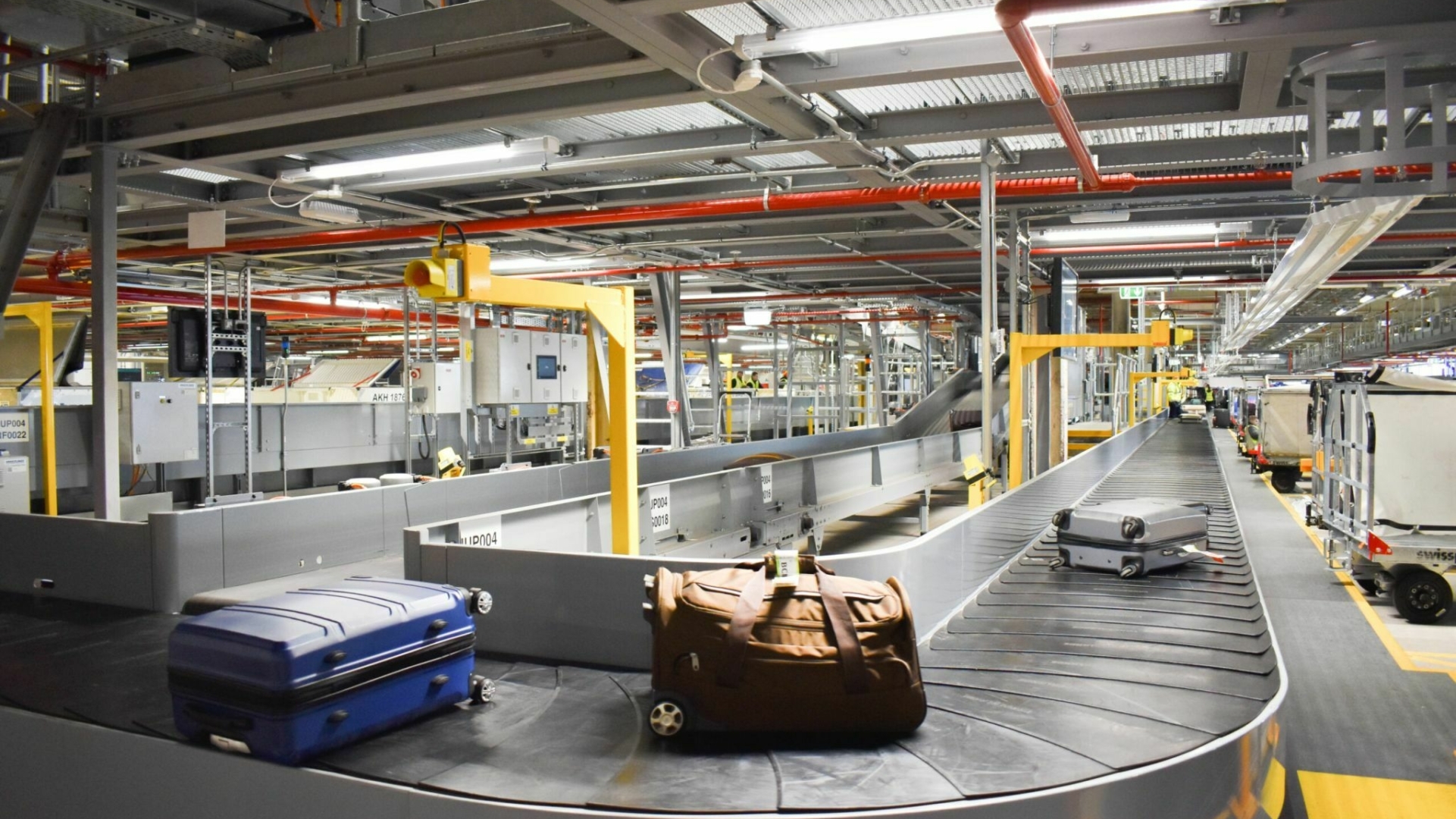
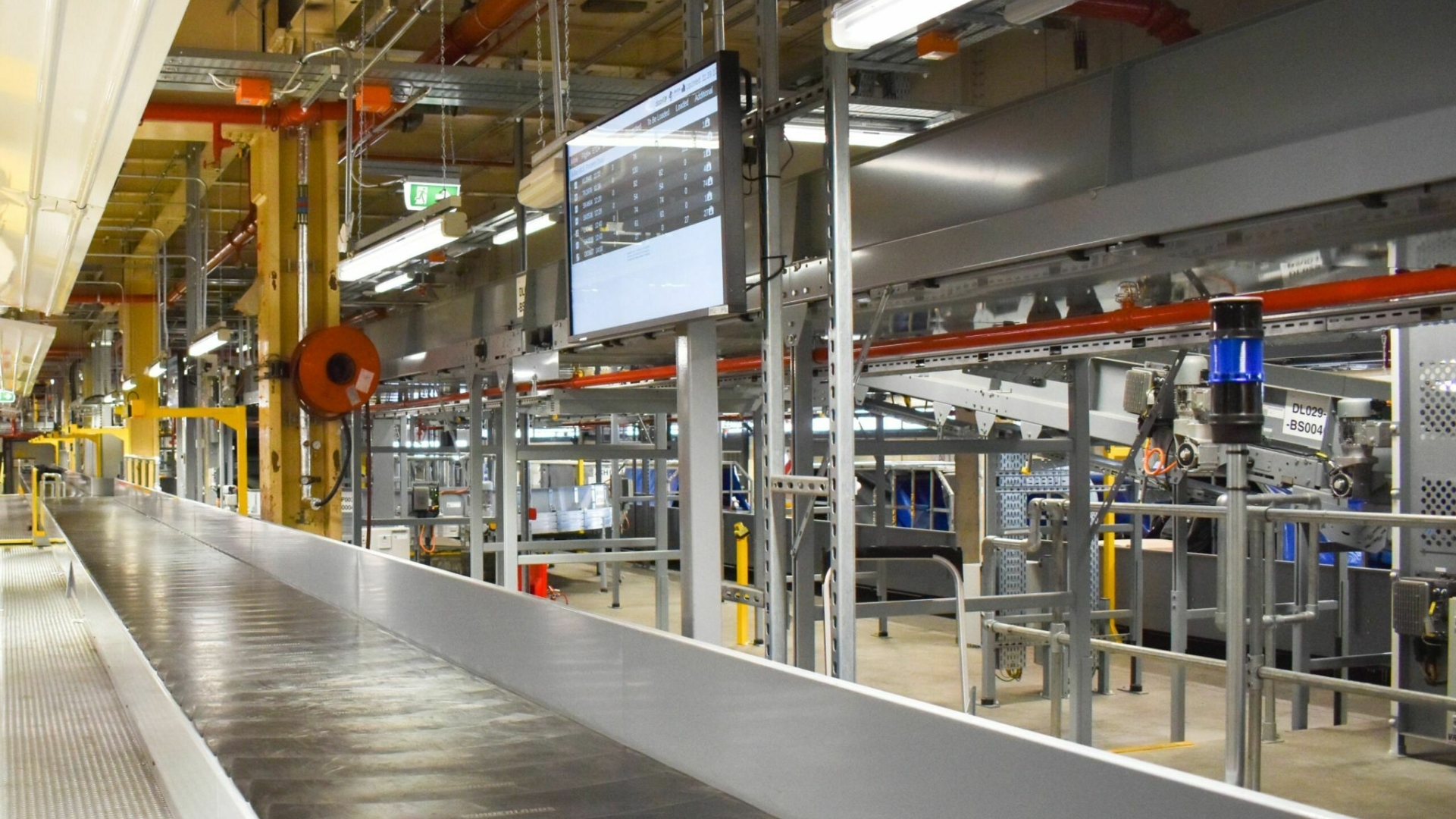
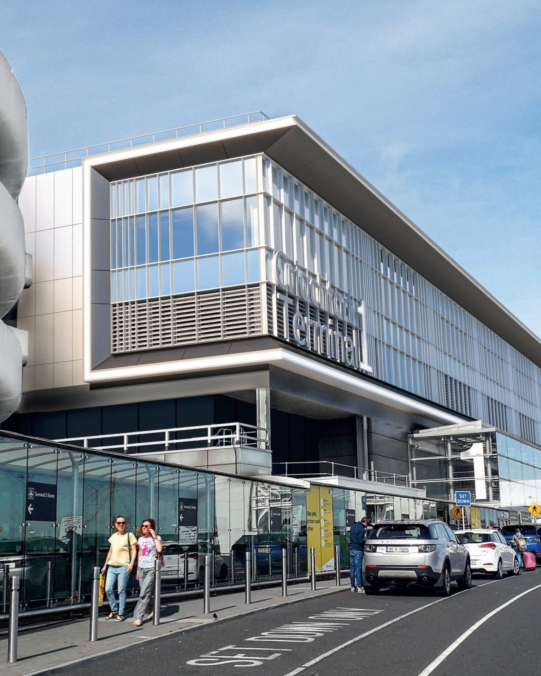
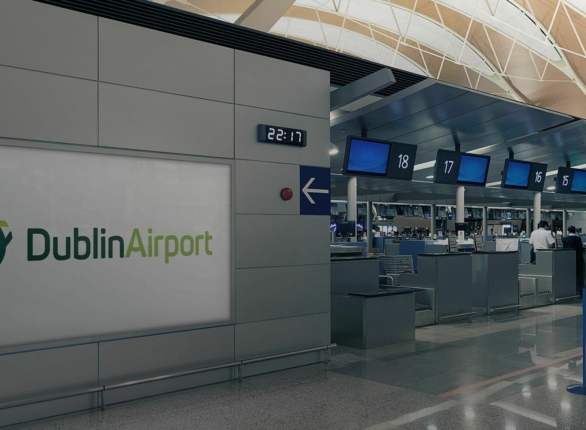
Due to the successful delivery of this project, Dublin Airport is now positioned to be one of the top major airports in Europe and beyond.
IN2 are thrilled to have been part of the Collen team to deliver this momentous project for Dublin Airport. Thank you to our team who worked so hard on this project and we look forward to many more projects with Collen Construction and Dublin Airport.

